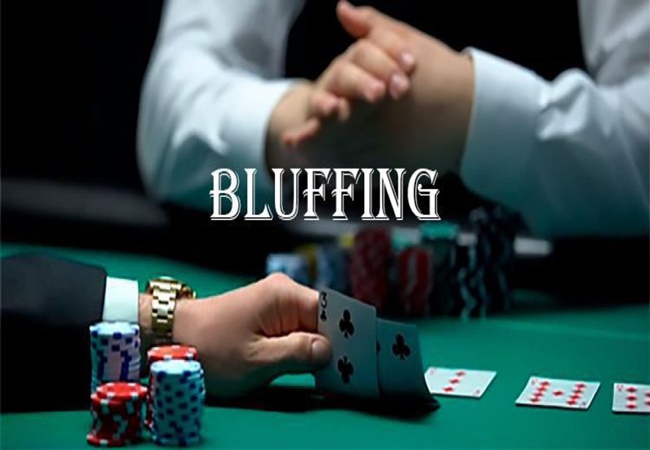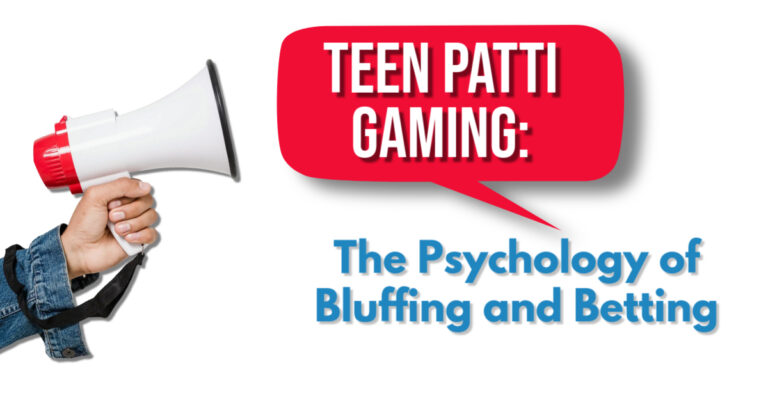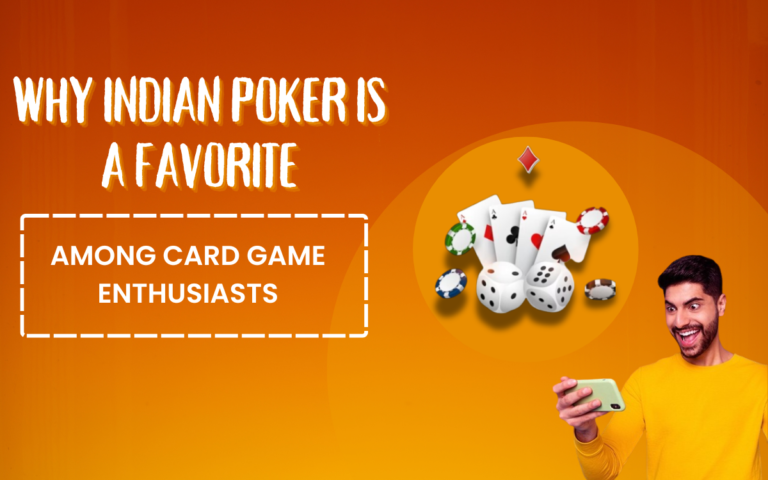Decoding Player Behavior in Teen Patti
Teen Patti, also known as Indian Poker, is a popular card game that originated in the Indian subcontinent and has gained global recognition due to its simple rules and exciting gameplay. Understanding behavior in Teen Patti adds an extra layer of strategy and insight. The game is traditionally played with 3-6 players, and each player is dealt three cards. The objective is to have the best hand or to bluff opponents into folding. While the gameplay is straightforward, the psychology and behavior of players in Teen Patti and Rummy games can be quite complex. Understanding player behavior in these games is crucial for improving one’s strategy and increasing the chances of winning.
This essay explores the various dimensions of player behavior in Teen Patti, including the influence of psychology, decision-making patterns, bluffing tendencies, risk tolerance, and social dynamics.

1. Psychological Factors Influencing Player Behavior
In Teen Patti, as in most gambling games, the psychological state of players plays a significant role in their decisions. Some key psychological factors include:
a. Cognitive Biases
Players are often influenced by cognitive biases, which can distort their thinking and decision-making. For example, Teen Patti stars might experience the recency effect, leading them to believe that outcomes in previous rounds will influence the next round, causing them to make irrational bets based on recent wins or losses. Similarly, the gambler’s fallacy may cause players to assume that a losing streak will soon end, leading to riskier behavior.
b. Risk Aversion vs. Risk Tolerance
Each player has a different level of risk tolerance. While some players are more risk-averse and tend to fold early to avoid losing, others exhibit different behavior in Teen Patti, being more willing to take risks, even with weak hands, hoping to outsmart their opponents. This risk-taking behavior can vary based on a player’s emotional state, prior experience, and confidence in their ability to bluff.
c. Fear of Missing Out (FOMO)
Fear of missing out is another psychological factor that impacts player behavior. In Teen Patti, this manifests as players who feel compelled to stay in the game, even with poor hands, out of fear that they might miss a winning opportunity or regret folding too early, especially in high-stakes tournaments.
2. Decision-Making Patterns in Teen Patti
In Teen Patti, each decision—whether to bet, raise, call, or fold—can reveal much about a player’s behavior and mindset. Some key patterns emerge among players:
a. Aggressive vs. Conservative Playstyles
Some players adopt aggressive tactics, frequently raising and betting large amounts, even when their hands may not justify it. This style of play is designed to put pressure on opponents, forcing them to fold or take unwise risks. Aggressive players, reflecting a specific behavior in Teen Patti, tend to dominate the pace of the game, attempting to intimidate more conservative opponents.
On the other hand, conservative players are more cautious. They usually bet only when they have strong hands and prefer to fold rather than risk losing chips. This playstyle is characterized by fewer bluffs, but it can also make them predictable and easier to outmaneuver.
b. Pattern Recognition
Experienced players develop the ability to recognize patterns in their opponents’ behavior in Teen Patti. For instance, a player who consistently bets high when they have a good hand can be identified and exploited by others. The ability to read these behavioral cues allows skilled players to make more informed decisions.
c. Timing of Decisions
The timing of a player’s decisions can also provide insights into their behavior. For example, a player who quickly raises may be acting impulsively or trying to bluff, while a player who takes more time to make a decision may be genuinely considering their options or attempting to deceive others by feigning indecision.
3. Bluffing: A Central Element of Behavior in Teen Patti
Bluffing is one of the most critical aspects of Teen Patti, and understanding when, how, and why players bluff is essential to mastering the game. Bluffing involves convincing opponents that you have a stronger hand than you actually do, in the hopes that they will fold. This tactic is a key aspect of behavior in Teen Patti.
a. Types of Bluffers
- Confident Bluffers: These players bluff with a high degree of confidence, often raising large amounts to intimidate others. Their body language and betting patterns suggest they are holding a winning hand, even when they are not.
- Occasional Bluffers: These players bluff sporadically, often choosing their moments carefully. They mix bluffing with conservative play, making it difficult for opponents to predict their strategy.
- Over-bluffers: Over-bluffers tend to rely on bluffing too frequently. While this can sometimes be effective, it also increases their chances of being caught by observant players.
b. Detecting Bluffs
One of the skills essential to Teen Patti is detecting when an opponent is bluffing. Players observe behavior in Teen Patti, looking for signs of inconsistency, such as erratic betting patterns or hesitation. Additionally, a player’s demeanor—such as nervousness or overly calm behavior—can offer clues.
c. The Bluff-Call Dynamic
The interaction between bluffs and calls is dynamic. Players must weigh the risk of calling a bluff against the possibility that their opponent is actually holding a strong hand. This constant guessing game is part of what makes Teen Patti thrilling, and mastering this dynamic can make the difference between winning and losing.

4. Risk Tolerance and Bankroll Management
An often overlooked aspect of player behavior in Teen Patti is how individuals manage their bankroll. Players with high risk tolerance tend to bet larger portions of their bankroll, especially if they are feeling confident or are on a winning streak. In contrast, more cautious players will bet smaller amounts, preserving their bankroll for future rounds.
Effective bankroll management is critical for long-term success in Teen Patti, as reckless betting can lead to quick losses, even for skilled players. Observing how an opponent manages their bets can give insights into their overall strategy and risk tolerance, reflecting their Teen Patti etiquette.
5. Social and Cultural Influences on Behavior
Teen Patti is often played in social settings, and the interactions between players can significantly affect behavior in Teen Patti. Some key social factors include:
a. Peer Pressure
Players may be influenced by the behavior of others at the table. For example, if most players are adopting aggressive strategies, more conservative players may feel pressured to increase their bets to keep up. This can lead to riskier behavior than they would otherwise exhibit.
b. Group Dynamics
In Teen Patti, the relationships between players can influence behavior in Teen Patti. Friends may be more likely to engage in playful bluffs or make decisions based on camaraderie rather than strict game logic. Conversely, players facing strangers may adopt a more cautious approach, guarding their strategies and playing conservatively.
c. Cultural Attitudes Towards Gambling
Cultural attitudes toward gambling and risk-taking can also shape player behavior. In some cultures, gambling is viewed as a competitive sport, and players may adopt more aggressive strategies. In contrast, others may see it as a social activity, leading to more relaxed and conservative playstyles.
Conclusion
Understanding player behavior in Teen Patti requires an exploration of various psychological, social, and cultural factors. By recognizing patterns in decision-making, the role of bluffing, and risk management, players can develop better strategies to succeed in the game. Moreover, awareness of social dynamics and cultural attitudes can provide additional insights into how players approach the game.
As with any card game, the key to success lies in a blend of skill, psychological insight, and an ability to adapt to the ever-changing dynamics and behavior in Teen Patti at the table. By observing and understanding the behavior of opponents, players can gain a competitive edge and enhance their overall Teen Patti experience.








